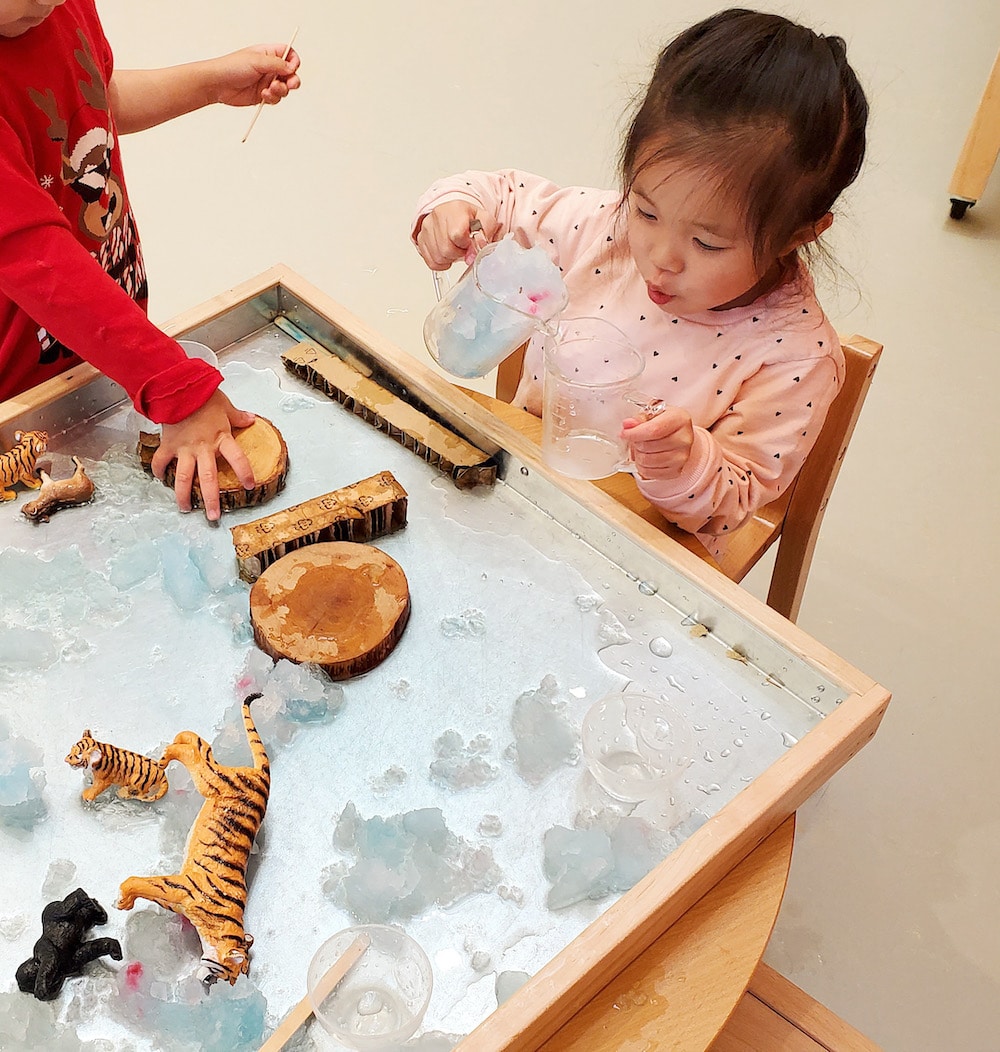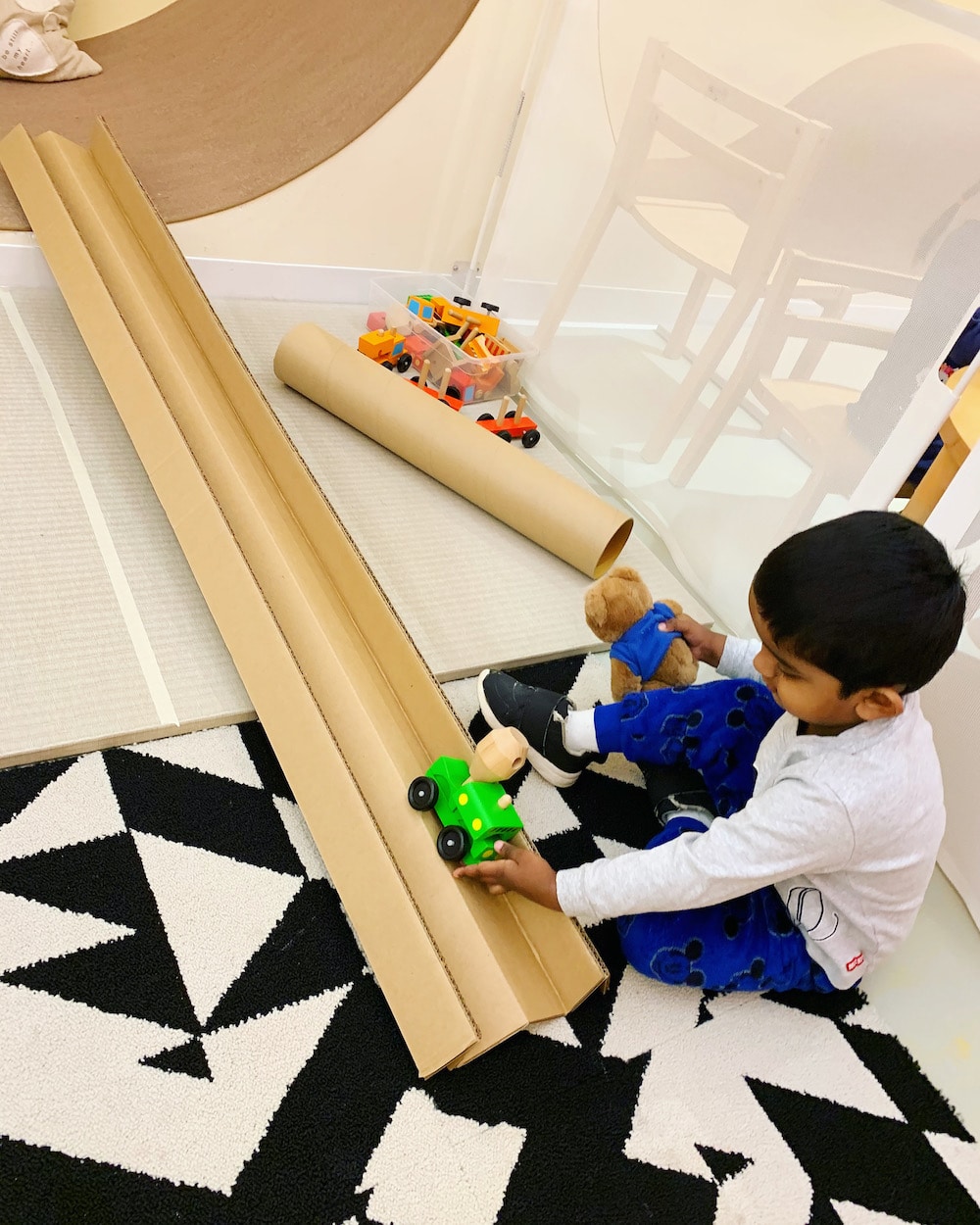Imagine entering a lush greenhouse. Feel the humid air on your cheeks, smell the sweet lilac, and marvel at the vibrant color palette. A deep breath in through your mouth signals to your brain a taste of metal from a recently used garden hose. With little effort, you survey the room. You scan the tidy, recently swept floor, the maintained tools, and the healthy plants — — all grouped by varietal, size, and color.
This greenhouse is a safe environment — orderly but not overwrought. You feel peaceful, curious, inspired.
Without thinking, you lean in to embrace the vibrant smell of freesia. You wander through this carefully curated environment, letting your senses lead until you notice the plant labels. At that moment, you shift your intention, acquiring new information as you tour through this multi-sensory learning-rich environment for inquisitive visitors and horticulturalists (expert or otherwise).
Now consider unpacking this experience in an early childhood classroom. Reggio Emilia educators have been exploring this concept for decades, preparing classrooms with a deep understanding that environment is crucial to learning. One of the four Reggio Emilia principles is that children should have some control over their learning. Classrooms are equipped with furniture that is just the right size for them, subliminally inviting young explorers to select a material from an open shelf and carry it back to a table that was made just for them. Child-sized furniture and open shelving is a first step towards supporting their physical and emotional safety and ultimately fostering another principle: children develop relationships with peers and learning materials in an environment that they are allowed to explore.
A third Reggio Emilia principle, children must learn through experiences of touching, moving, listening, and observing, is interconnected to the previous two while setting everything into motion. Children explore and acquire knowledge through active kinesthetic learning. To engage this principle, educators prepare the environment with multi-sensory investigations, harnessing wonder and responding to curiosities. In these classrooms, children hold math in their hands, science awakens their sense of smell, and they embody literature through yoga and song.
These learning environments engage the senses and awaken inspiration — artfully designed with respect to children and the wonder of learning.
Written by: Beau Kenyon

 Discovering gravity and how objects move with
Discovering gravity and how objects move with
wooden cars and cardboard boxes.
SolBe Learning. Chestnut Hill, MA
Photo Credit: Silvana Carpio.
Snow Exploration!
Through this provocation,
students work collaboratively
to express their observations, while
making connections with
previous experiences.
SolBe Learning. Chestnut Hill, MA
Photo Credit: Silvana Carpio

